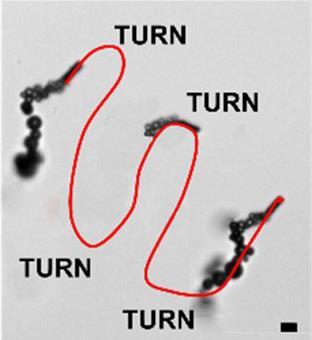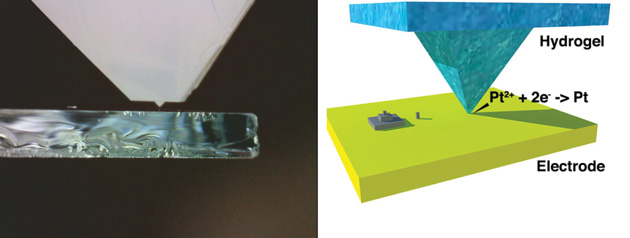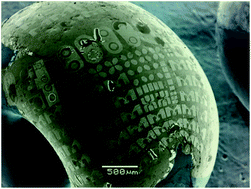Nanoscale journal family articles featured in the Chemistry World ‘Holy Grails’ series
Chemistry World has been exploring the ‘holy grails’ of chemistry, set out almost a quarter of a century ago in Accounts of Chemical Research, as part of a special issue.
For each ‘holy grail’ researchers working in the fields today have offered their insights into where these areas of research have gone since the publication of the original articles in 1995.
Ten relevant publications are highlighted as further reading for each ‘holy grail’, and we wanted to share with you the papers highlighted from the Nanoscale family of journals. Also, don’t forget to click through to each Chemistry World ‘holy grail’ article to read more about the progress of each topic over the last 25 years.
Manipulation of matter at the atomic level
X Zeng et al, Nanoscale tailoring of supramolecular crystals via an oriented external electric field, Nanoscale, 2020,12, 15072 (DOI: 10.1039/d0nr01946a)
R J P Román et al, Tunneling-current-induced local excitonic luminescence in p-doped WSe2 monolayers, Nanoscale, 2020,12, 13460 (DOI: 10.1039/d0nr03400b)
M R Tchalala et al, Tip-induced oxidation of silicene nano-ribbons, Nanoscale Adv., 2020, 2, 2309 (DOI: 10.1039/d0na00332h)
Room temperature superconductors
X Yang et al, Observation of short-range Yu-Shiba-Rusinov states with threefold symmetry in layered superconductor 2H-NbSe2, Nanoscale, 2020, 12, 8174 (DOI: 10.1039/d0nr01383h)
U Kumar et al, Single plasmon spatial and spectral sorting on a crystalline two-dimensional plasmonic platform, Nanoscale, 2020, 12, 13414 (DOI: 10.1039/d0nr02066d)
Artificial enzymes: catalysis by design
F Wang et al, A mesoporous encapsulated nanozyme for decontaminating two kinds of wastewater and avoiding secondary pollution, Nanoscale, 2020, 12, 14465 (DOI: 10.1039/d0nr03217d)
Congratulations to the authors of the papers highlighted in the series.














 poor elasticity can be tackled.
poor elasticity can be tackled.



